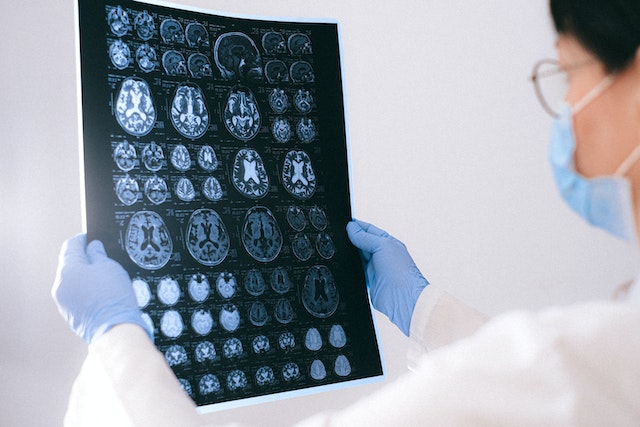Revolutionizing Lie Detection: Unveiling the Future of Law Enforcement
By Ashley Mazerolle, Marketing −
In a world where deception and dishonesty can hinder the pursuit of justice, advancements in technology have sparked the possibility of transforming the way law enforcement tackles lies and deceit. Consider the statements: denying involvement in a crime, disavowing any connection to an incident, or claiming innocence in a mysterious case. What if we could definitively prove whether these statements were true or not? The implications for law enforcement are immense.
Traditionally, the polygraph, commonly known as a lie detector test, has been used as a tool to gauge the truthfulness of individuals. However, its reliability has been met with skepticism due to its dependence on the skills of the interrogator and its potential susceptibility to manipulation by skilled liars. While the polygraph boasts an accuracy rate of 70 to 99 percent, its efficacy can be compromised by experienced deceivers.
In recent years, the integration of neuroscience and technology has paved the way for more advanced lie detection methods. Joel Huizenga, a prominent figure in the field, has introduced the use of functional MRI (fMRI) technology to monitor brain activity during truth-telling and lying. Huizenga’s innovative approach is grounded in the understanding that different parts of the brain are engaged when lying compared to telling the truth. By analyzing brain activity, this technology has the potential to unveil lies more accurately, providing law enforcement with a powerful tool.
The prospect of utilizing fMRI technology presents a promising shift in the landscape of lie detection. It offers a glimpse into the mind’s mechanics when deception is at play, potentially revolutionizing criminal investigations and legal proceedings. However, cost remains a significant challenge, inhibiting the widespread adoption of fMRI lie detection.
While society grapples with the reality of pervasive lying – with studies indicating an average of 1.67 lies per person daily – the idea of embracing truth and transparency becomes appealing. The potential benefits of improved trust in various sectors, from criminal justice to corporate environments, are substantial. Yet, as with any transformative technology, ethical considerations must be weighed against the desire to uncover hidden truths.
Enter EyeDetect®, a cutting-edge eye movement-based lie detection technology that has entered the scene. By monitoring eye movement patterns as individuals respond to true/false questions, this innovative system aims to accurately identify both honesty and deceit. This scalable solution could reshape the way we approach lie detection, offering a streamlined and practical method for identifying fraudsters and dishonest individuals.
In conclusion, the evolution of lie detection technology holds immense promise for the field of law enforcement. From the traditional polygraph to advanced fMRI scans and innovative eye movement analysis, each approach brings us closer to a future where truth prevails and deception is exposed. As we navigate the ethical and practical implications of these advancements, we inch closer to a society where honesty becomes the cornerstone of justice.
Source
Photo By: Anna Shvets


